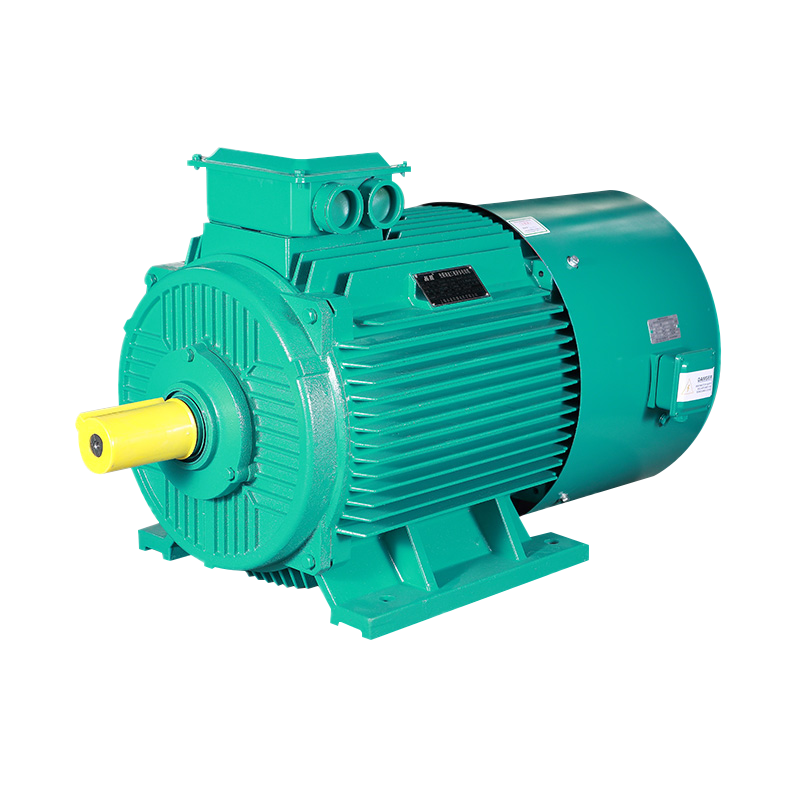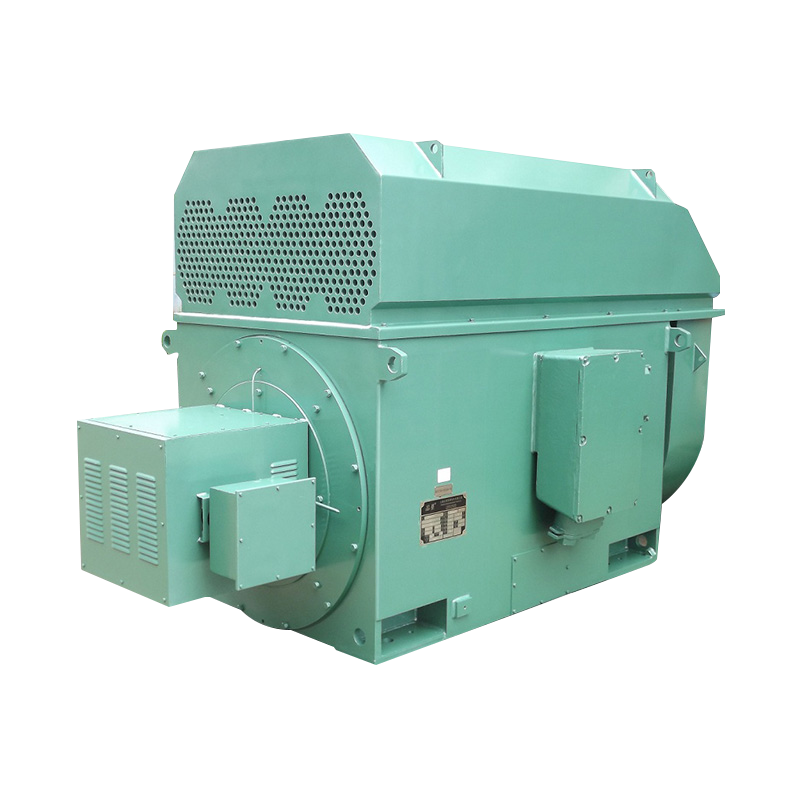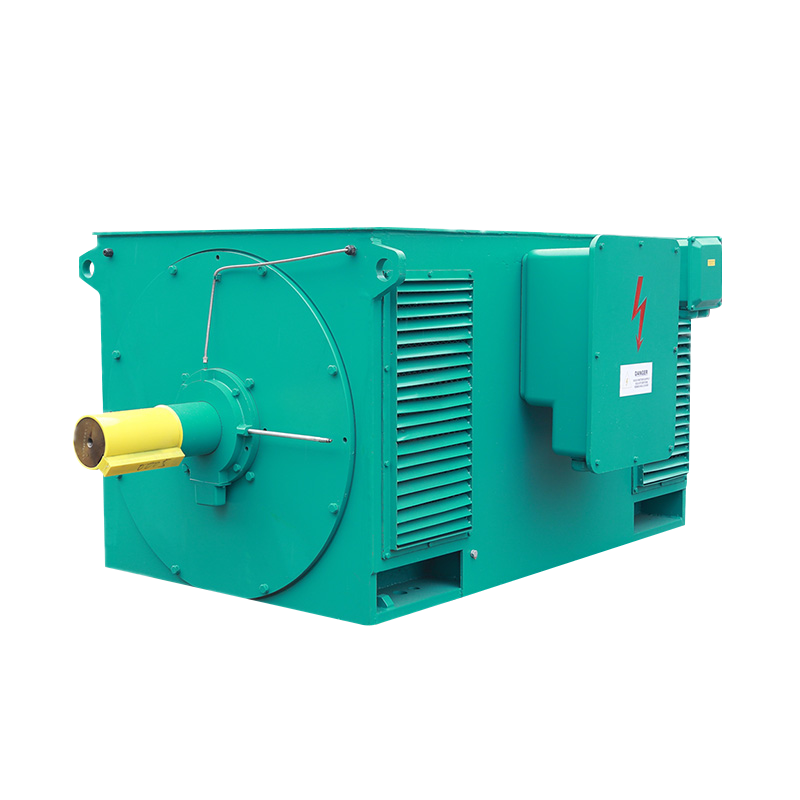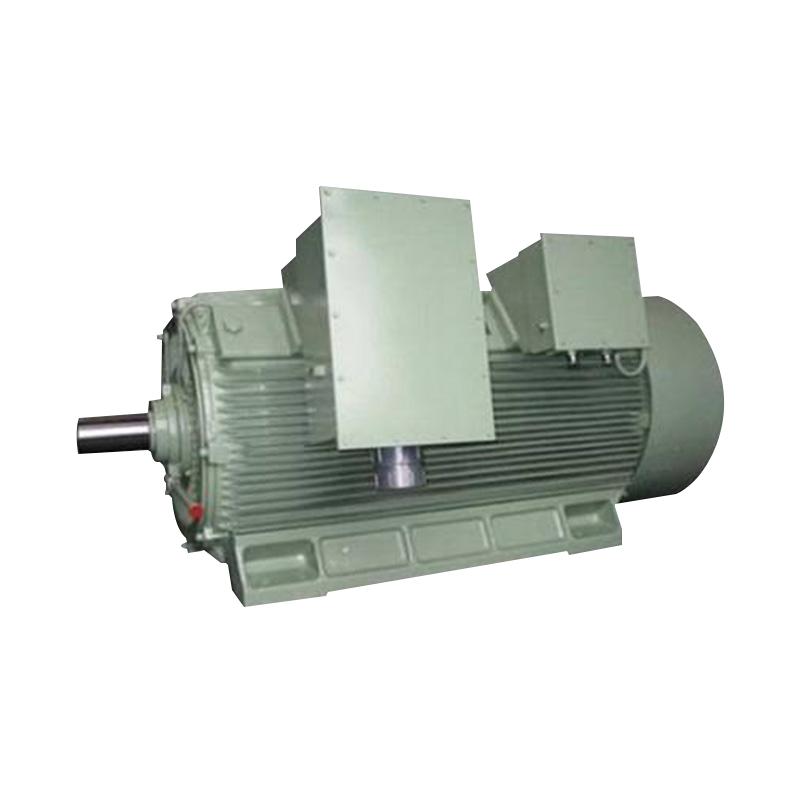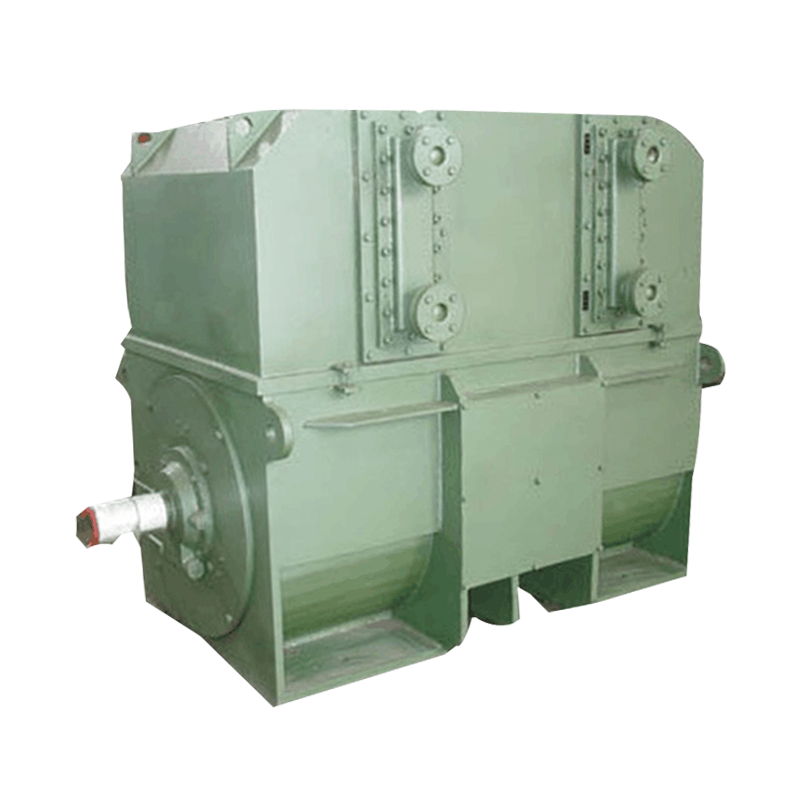Analysis and handling of motor tripping caused by power supply voltage drop
1. Fault Phenomenon
In March 2025, during the external circulation discharge operation of a fly ash steel silo project, the dust collector motor at the top of the silo frequently tripped due to faults, rendering the dust collector inoperable. The on-site staff reported the following:
(1) The dust collector motor occasionally tripped during startup.
(2) The dust collector motor tripped after approximately 1-2 hours of external circulation discharge from the steel silo.
(3) When the dust collector motor tripped, the operating current displayed by the motor protector was 40A.
(4) The on-site dust collector was a PPCS32-6 type, with the following main data on its nameplate: centrifugal fan type 9-26 8D, flow rate 8792-11320 m³/h, total pressure 3834-3638 Pa; dust collector motor type Y2 180M-4, rated power 18.5kW, rated current 36A. 2. Root Cause Analysis and Data Recording
Based on the feedback from the site, our company immediately dispatched relevant professionals to the site to investigate the cause of the fault from the following aspects:
2.1 Mechanical Inspection
(1) Whether the installation of the coupling between the motor and the reducer meets the standards;
(2) Rotate the fan rotor to check for scraping or friction;
(3) Whether the oil level of the reducer bearing is normal;
(4) Whether the dust collector bag is damaged;
(5) Whether the parameters of the delivered equipment are consistent with the design parameters.
2.2 Electrical Inspection
(1) Use an insulation resistance meter to check whether the insulation of the cable and motor meets the requirements;
(2) Check whether the cable connection is secure and whether there is any poor contact;
(3) Check the parameter settings of the motor protector.
2.3 Recording Relevant Operating Data
After inspection by the equipment engineer, there were no problems with the mechanical parts, and the electrical parts, including cable and motor insulation and cable connections, were all found to be without issues. Given the occasional tripping faults that occur during the dust collector's startup, to ensure smooth startup and data recording, the motor protector's operating current was changed from 36A to 40A (i.e., 1.1 times the motor's rated current). The data recorded during dust collector operation are as follows:
(1) Power supply voltage when the equipment is not running: AB phase voltage is 399V, AC phase voltage is 397V, and BC phase voltage is 398V.
(2) Data from 4 hours of no-load operation: A phase current 34.1A, B phase current 34.6A, C phase current 33.9A; AB phase voltage 388V, AC phase voltage 386V, BC phase voltage 387V; maximum motor body temperature 73.2℃, maximum motor bearing temperature 70℃. (3) Data from the dust collector operating for 90 minutes during external circulation discharge from the steel silo: Phase A current 40.2A, Phase B current 39.5A, Phase C current 39.8A; Phase AB voltage 354V, Phase AC voltage 351V, Phase BC voltage 356V; Maximum motor body temperature 81.4℃, Maximum motor bearing temperature 77℃.
3. Cause Analysis Through the above data analysis and clamp meter testing, it was found that when the steel silo is discharging material externally, the three-phase power supply voltage drops from approximately 398V (no-load voltage) to approximately 354V (load voltage). Simultaneously, the dust collector motor current and motor temperature increase slightly compared to no-load conditions. According to GB 50052—2009 "Design Code for Power Supply and Distribution Systems", under normal operating conditions, the allowable voltage deviation at the motor terminals is ±5% of the motor's rated voltage. As shown above, the actual operating voltage of the dust collector motor is far lower than its rated voltage, with a voltage deviation of approximately -11%, which fails to meet the requirement of ±5% of the rated voltage in GB 50052-2009. According to the power calculation formula P = √3UIcosφ, a voltage drop to 354V will directly cause the motor current to rise to approximately 40A. Since the actual motor current is already higher than the motor protector's set value of 36A, the overcurrent protection trips. Note: When the steel silo material is circulating externally, the dust collector motor is controlled by a motor protector, while other equipment is controlled by a frequency converter.
Upon inspection, the following reasons were found to cause the low power supply voltage of the dust collector motor:
(1) The incoming power supply to the steel silo electrical room is a temporary power supply, with a distance of approximately 500m from the power source to the electrical room.
(2) If only a single piece of equipment is operating, the power supply provided by the steel silo electrical room meets the equipment's power requirements. However, during the external circulation discharge of materials from the steel silo, the equipment involved in operation includes one 18.5kW dust collection motor, one 75kW Roots blower, and two 90kW Roots blowers. At this time, the power supply provided by the steel silo's electrical room is insufficient to meet the equipment's power requirements.
(3) This project is under construction, and other temporary electrical equipment on site draws power from the steel silo's electrical room. There is a high probability that these temporary electrical equipment will operate simultaneously with the external material circulation.
4. Countermeasures and Effects
Replace the main power source point of the steel silo's electrical room as soon as possible. Before the new power supply is connected, simultaneous operation of electrical equipment is prohibited.
In November 2014, the newly built substation for this project was officially put into use. The power supply to the steel silo's electrical room was changed to be introduced from the grinding electrical room, with a distance of approximately 60m between the grinding electrical room and the steel silo's electrical room. After connecting the main power supply to the electrical room of the steel silo using a cable of the same type and specifications as the temporary power cable, the power supply voltage during the external circulation discharge of the steel silo stabilized between 390 and 399V, the on-site equipment operated normally, and the dust collector motor no longer experienced overcurrent tripping.





 English
English русский
русский Français
Français عربى
عربى
